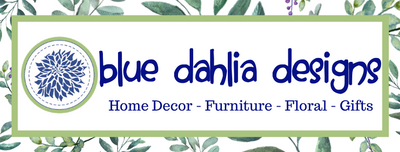Sign Up for Our Email ListGet 15% off Plus a Birthday Reward!
30 Day Return PolicyExcludes Clearance, Furniture, & Lighting
Interior Design is categorized into many different design styles that are each unique and can be differentiated by certain design aspects. While there can be crossover between two or more styles, the combination of elements helps to determine a room's design style. Over the past few decades, quite a few new design styles have emerged, but most of them stem from 6 main styles: Traditional, Transitional, Contemporary, Minimalist, Eclectic, and Modern.
Modern Design is identified by it’s clean, straight lines, monochromatic palette, and clutter free space. With sleek appliances, minimal décor, and low furniture, modern design feels almost futuristic. Chrome and stainless steel are paired with concrete accents and sleek wood or marble.
Contemporary design follows current styles and trends and is often morphing into a new version of itself. With simple shapes and clean lines, Contemporary design is bright and bold. A wide range of neutrals are accented with a loud pops of color. Contemporary design pairs well with open floor plans and large scale prints.
Transitional Design is defined as a balance between traditional and modern styles. With cleaner silhouettes and more muted colors, transitional style takes the classic pieces of traditional design and updates them for a more casual feel. Wood tones are lighter and often lacquered, while fabrics are tonal and textured.
Minimalist design combines functionality with beauty. Light spaces pair with soft hues and sleek modern décor. This style uses neutral wood tones, simple lines, and a blend of textures to create a welcoming space.
Eclectic Design is made up of layers of pattern, texture, and color. To create this relaxed look, use saturated colors, layered eclectic patterns, mixed metallics, and plenty of personality. Textures are used throughout including rattan, wicker, wood, macrame, and botanicals. The key to making this style look effortless relies on the principles of design, especially balance, rhythm, proportion, and scale.
Traditional Design is recognized by its dark woods, ornate detailing, and elegant styling. This style has stood the test of time and is considered a classic. Antiques and family heirlooms are paired with tufted furniture, wall and ceiling moldings and details and are often paired with jewel tones or warm neutral colors. Accent pieces are made of marble, brass, and carved woods.
Be the first to find out about our events, special discounts, seasonal collections, and new arrivals by signing up for our newsletter! You will also receive a birthday reward to use during your birthday month!








